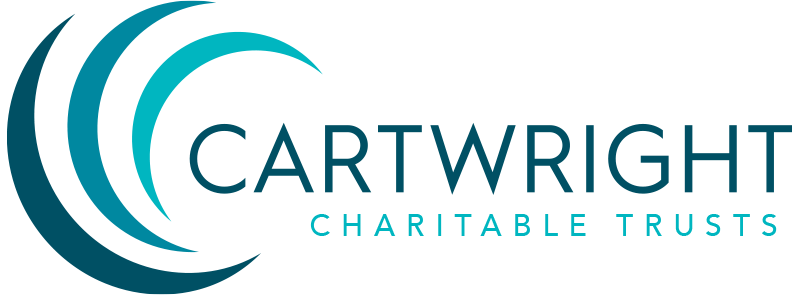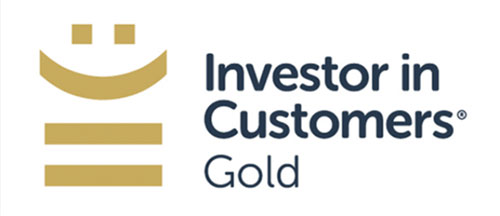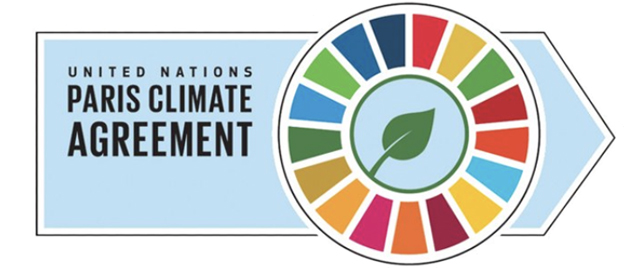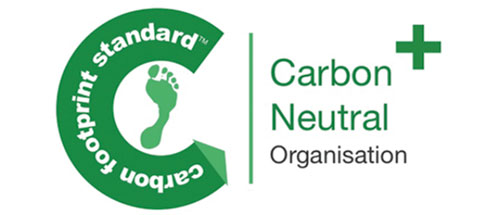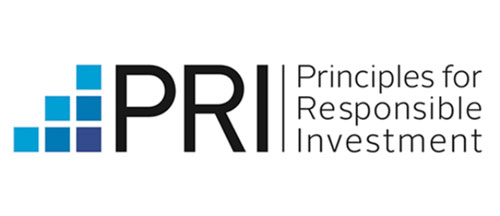In 2019, $17.1 trillion poured into ESG-focused products, a 42% increase on 2017, according to the Wall Street Journal.
Fast forward to early 2021, and ESG mutual funds and ETFs reached $21.5 billion, double the amount from the same time in 2020. Whether it’s down to greater social awareness post pandemic, increasingly frequent extreme weather events on the news, or concerns about dodgy corporate behaviour, people are now more in tune with sustainability. And they’re putting their money where their mouth is, investing in companies that care about the planet and society.
Close to home, The Guardian recently reported that nearly half of all UK employees now pay into employer schemes or private pensions in which they have a say in how their money is invested . Quite the shift since 2012 when employers had to automatically enroll everyone in a workplace scheme. Nowadays, many people with a private pension or an ISA are choosing to prioritise sustainability. And, of course, the financial world has jumped on the bandwagon, offering up “sustainable,” “climate-friendly,” or “ESG” funds like there’s no tomorrow.
For charities, how they invest their money matters more and more to donors, employees, and beneficiaries. ESG investing is all about making sure companies measure up on key responsibility metrics—how they treat the environment, their employees, and their governance practices. It’s been around since 2004, when a UN-backed report called Who Cares Wins first put it on the map.
Exclusions: A Simple, Blunt Tool
Contrary to conventional wisdom, ESG investing is about a lot more than just combating climate change. Environmental criteria – the “E” in ESG – measure how a company impacts the environment. Social criteria gauge how it manages relationships with employees, suppliers, customers, and communities. Governance examines its performance on leadership, executive pay, internal controls, audits, and shareholder rights.
One of the most basic—and blunt—tools of ESG investing is exclusions. This means deliberately avoiding companies or sectors like fossil fuels, tobacco, or weapons because they don’t align with your values or priorities. It’s a strategy that’s gained traction as investors have realised that poor behaviour on ESG issues isn’t just bad for the planet—it’s bad for business, too.
Determining what companies or sectors to exclude can be tricky. Many use the principles contained in the UN Global Compact as a guide for what is considered unacceptable business practices. Others rely on ESG rating systems from big players like MSCI or Bloomberg. And then there’s the ongoing challenge of telling which companies are genuinely committed to ESG and which ones are just “greenwashing” their brand.
Thankfully, there’s good news on the horizon. At the end of May, the Financial Conduct Authority brought into force a raft of new rules designed to protect consumers and investors by ensuring that the sustainable products and services they are sold are accurately described.
The goal? To make sure that what’s being sold as sustainable actually is sustainable. Fund managers are also being nudged to label products clearly so that people know exactly what their money’s supporting.
A More Holistic Approach
Exclusions, while a very useful tool, are often used as a blunt final straw and typically don’t reduce the investable universe that much. A more rounded approach is to combine exclusions with “positive” investing – i.e., investing in companies and/or sectors that are actively doing good.
There are a few ways of doing this. You could take the market cap index and re-weight it by ESG ratings, allocating more capital to companies with better ratings. Or, you might actively seek out companies that are improving the world while at the same time providing an investment return. So-called “impact investors” may seek to support renewable energy, electric cars, microfinance, sustainable agriculture, or other seemingly worthwhile causes. An alternative approach is to actively identify companies within industries that are big carbon emitters but could have a big impact if they de-carbonise their businesses.
No matter which route you take, all these strategies have one thing in common: “active” stewardship. This means engaging directly with the companies you invest in, with a view to driving positive change and safeguarding the long-term health and value of these companies. Active engagement with issuers on ESG matters can help investors make sustainability a key part of their strategies in ways that go far beyond what portfolio construction and management alone can achieve.
Active stewardship is often an important fund selection criterion for ESG investors. Charities, in particular, will want to know that their fund manager is actively on top of current controversial topics.
But active stewardship can even be a feature of passive equity funds, making it perfectly accessible to all investors. While these might not perfectly align with your own priorities, you should be able to find some that provide a close enough fit. This approach will set you back a lot less in management fees. As Morning Star notes, passive investment strategies can harness the power of ESG stewardship through an overlay approach:
“Identifying the riskiest issuers in an ESG context and actively engaging with them across a benchmarked index is an emerging method by which systematic investors combine active ownership with passive strategy exposure.”
The Takeaway: Finding the Right Fit
When it comes to ESG investing, there’s no one-size-fits-all solution. But the good news is there’s a wealth of options out there. Whether you go the exclusion route, lean into positive investing, or focus on active stewardship, the key is finding what fits your goals and values. So, while there are plenty of paths to choose from, the important thing is getting started and finding the right fit for your charity.
After all, the future’s in your hands (and your investments).
It is important that you believe you have been categorised appropriately and are comfortable with the implications of that decision. If your charity has been classified as a professional client you should be receiving an institutional quality level of investment service and should be benefitting from the lower levels of fees and wider opportunities that an institutional investor would expect.
Cartwright Charitable Trusts is an experienced investment consultancy that deals only with professional clients. Please contact us if you would like to discuss how the Cartwright institutional quality investment offering can benefit your charity.

